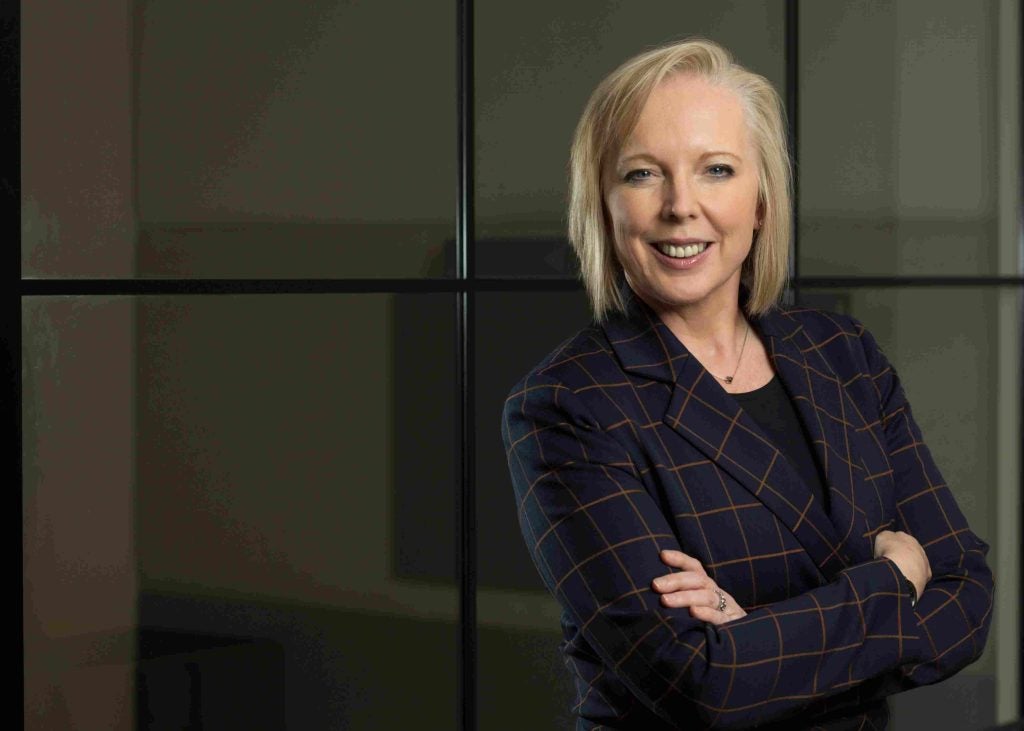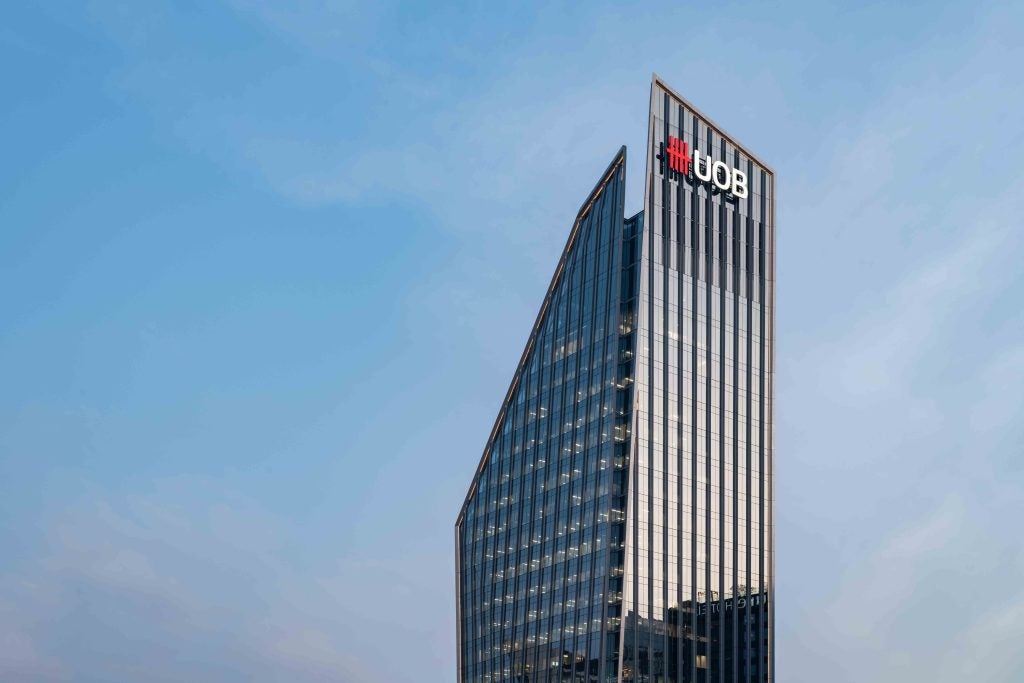With the shocks of the UK’s Brexit result and the US presidential election behind us, PBI asked C-level executives at leading private banks and wealth management firms to give us their forecasts for 2017. Here’s what they had to say…
One heck of a ride: Brown Shipley
Don Smith, CIO
If this next year is even half as tumultuous as 2016, we are in for one heck of a ride through 2017. Nevertheless, investors should take comfort from the fact that, despite all the political upheaval and the more recent increase in bond yields, stock markets overall have demonstrated impressive resilience. Indeed, many markets are moving into the year-end at their highs for this period and, in the case of the US, historic highs.
We seem to be a miles away from fears of market meltdown during the first quarter of 2016 induced by concerns that the wheels were starting to come off the Chinese growth story. At the beginning of 2016, in addition to disquiet about China, worries were building that the US economy was slowing down, oil price was plunging, as was the dollar, and investors were getting scared.
These key fundamentals appear to have turned 180 degrees from where they were in early 2016. Growth optimism is resurgent in the US, activity indicators on the Chinese economy are solid, the dollar is ascendant again and oil price has been bolstered.
The shift in market sentiment following Trump’s victory has been marked but the world has not fundamentally changed. Global growth, overall, is trending modestly lower not higher, and inflation remains extremely subdued. These are broad-based global, multi-decade trends that are extremely unlikely to have been swept back by a single event.
From an economic perspective, risk assets should also take comfort from the fact that the outlook for the global economy in 2017 looks somewhat better underpinned. In the US, the economic outlook is now somewhat brighter with a more activist, overtly growth-promoting administration in place.
In the UK, although the uncertainty of Brexit looms, the benefits of sterling’s huge depreciation will likely come through more strongly and should provide decent support to the economy.
The eurozone will likely continue to bumble along, struggling with its own internal issues and with the ECB providing ongoing support. It is, perhaps, in Asia where prospects seem to be brightening.
Consolidation – a recurrent theme: Citi Private Bank
Bassam Salem, CEO, Asia-Pacific
Consolidation will be a recurrent theme going into 2017. The last few years have witnessed a number of private banks exiting the region because they have not been profitable which leaves a few big players competing for market share.
This landscape includes the rise of the local banks in the wealth management business and we will see them continue to make acquisitions, their business being more in the high net worth rather than the ultra-high net worth space. Local bank presence is important in making the industry more robust and a focus on the high net worth space fills a void vacated by the exiting banks.
Many acquisitions have been made predominantly by the Swiss banks, who have long operated in regimes that permitted secrecy. Clients engaged them because they had unique business models. With banking secrecy being stripped away from the industry – starting with FATCA – clients began to realise that the initial premise of dealing with Swiss banks in Zurich or Geneva were no longer valid and they began questioning why they were paying hefty premiums over what they could get cheaper in other markets.
We will still see private banks opening because many have been told or believe that Asia is the new El Dorado. Unfortunately, they have not learned the lessons from those who have pulled out of the region and continue to believe they can make it. The laissez-faire regime in Europe does not exist in Asia. Operational costs are a lot higher.
Donald, through the looking glass: UBP
Mark McFarland, chief economist
We will begin another year in circumstances that appear very familiar. The US central bank has raised interest rates by the least it can get away with and financial markets are expecting global growth to accelerate.
Fears of a European crisis continue to linger, an Italian one this time, but markets aren’t pricing it seriously. Strategists from Europe and the US continue to visit bustling Hong Kong, predicting the imminent collapse of nearby China. It’s a potent mix of optimism, denial and self-assured speculation. Onto the stage comes a new US President with an array of policy proposals that look pro-growth on the whole, provided bad ideas like protectionism are quietly shelved.
The US economy is still the driver of world growth and potential increase of fiscal spending by Donald Trump may boost growth in 2017. This makes it more likely that US interest rates will rise.
Labour market inflation rose throughout 2016 and unemployment is “full employment”. From an investment perspective this backdrop isolates three themes for 2017: reflation, duration, volatility. Taken together they point towards holding US dollars, shorter-dated bonds and equities, but with more allocation in alternative strategies and gold.
Reflation
US long-term bond yields have recently increased to reflect the prospect that inflation and interest rates will be higher in 2017. President-elect Trump’s pro-growth policies, and a general move away from budget discipline in developed countries, makes for a better investment outlook. Economies still grappling with post-2008 debts will try to grow back to health rather than paying debts.
The new year may be a time when the US dollar gains ground as deregulation and higher interest rates attract more overseas buyers of US assets. It is good for equities as companies can raise prices and see their earnings grow, rather than raising profits by stringent cost cutting. Japan is a beneficiary from reflation.
US companies benefit too from an infrastructure boom (industrial and consumer), higher bond yields (banking) and less regulation (healthcare). Equity markets in emerging countries are cheap and should be beneficiaries as US growth picks up. Europe, though, continues to suffer from political risk. We will need to see France fend off the far right before being comfortable.
Duration
The second theme determines whether you should buy short-dated or long-dated bonds.
When inflation and interest rates are rising, the price of bonds with maturities of up to three years is much less responsive than, say, 10-year bonds. Longer-dated bonds lose value quickly when inflation and interest rates rise.
So the best bond options in 2017 will be short-dated bonds, floating-rate bonds and loans where the price goes up, not down, with rising interest rates. Companies that issue bonds not considered to be investment grade have much higher coupons and offer less risk of capital loss if US interest rates rise.
Volatility
This is where 2017 will be most different to 2016. The level of uncertainty in markets could easily increase with interest rates starting to rise, policy and government philosophies being more uncertain, and markets starting out at elevated prices.
This background suggests more room for alternative strategies, or hedge funds, and holding non-interest-bearing assets such as gold to protect portfolios from unexpected political risk.
Long-dated government bonds used to be the main means of reducing correlation risk but as they are expensive and at risk of capital loss if interest rates rise, alternatives strategies and gold are the next best thing.







